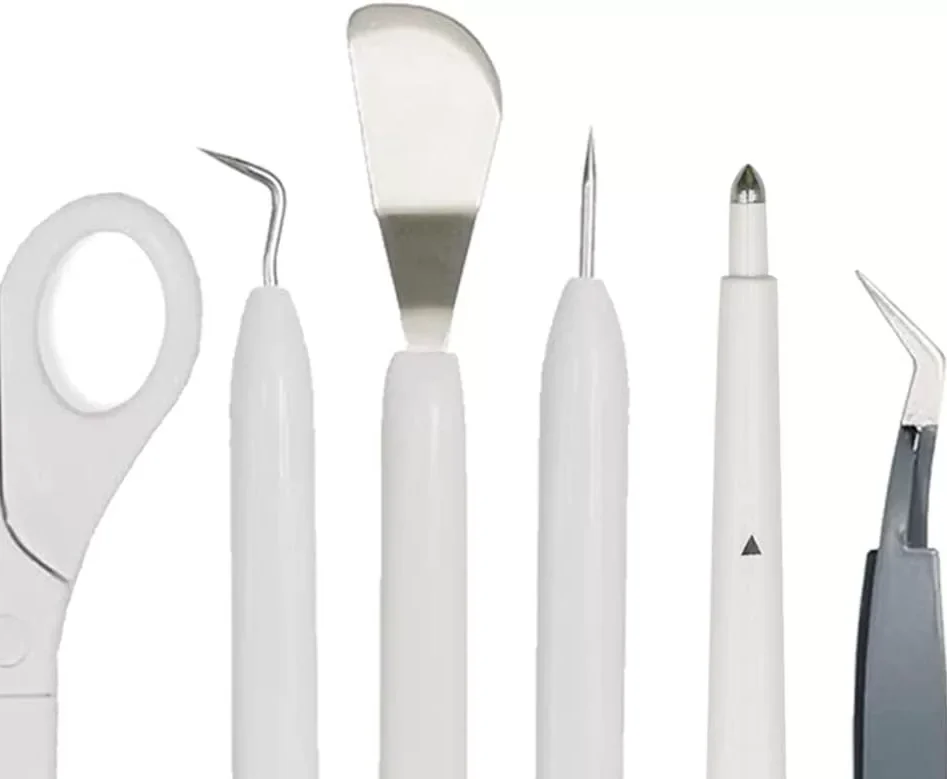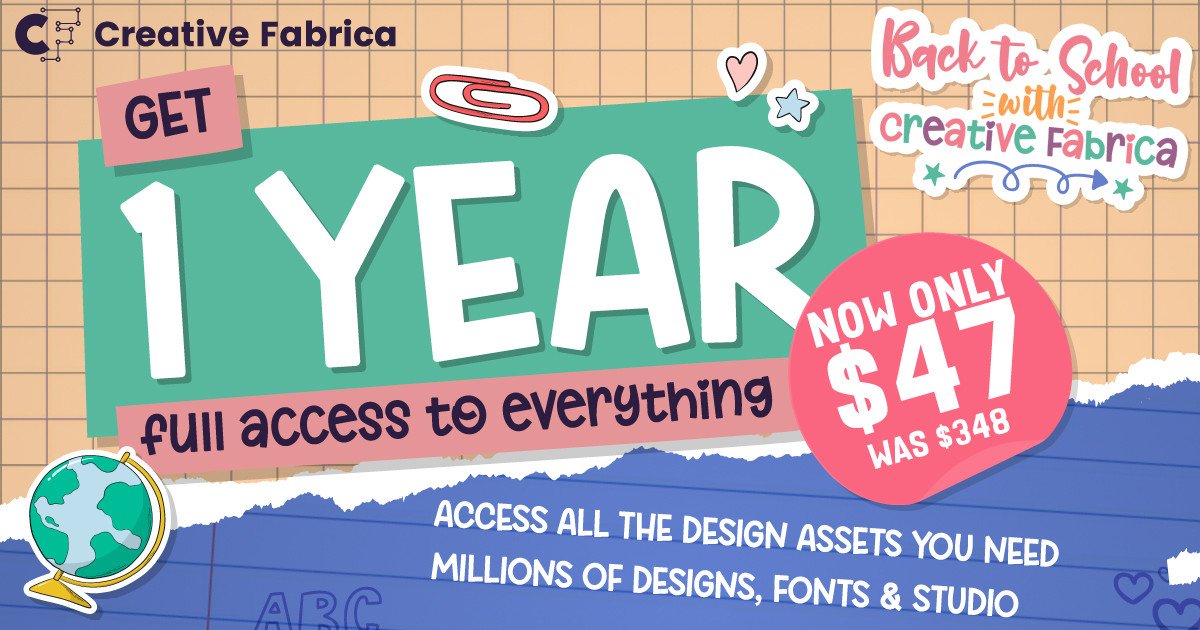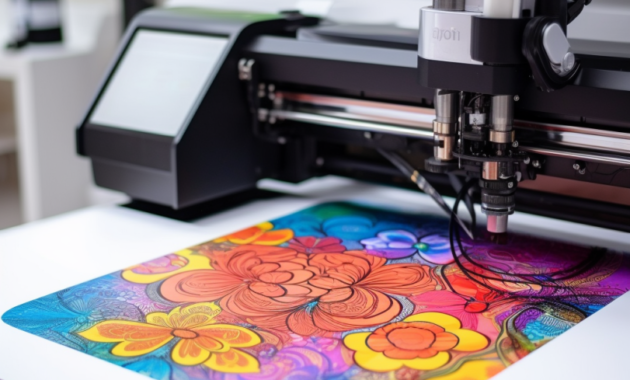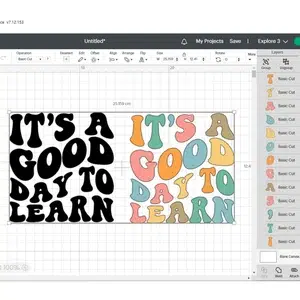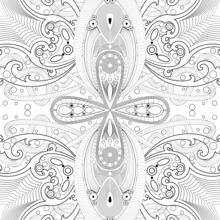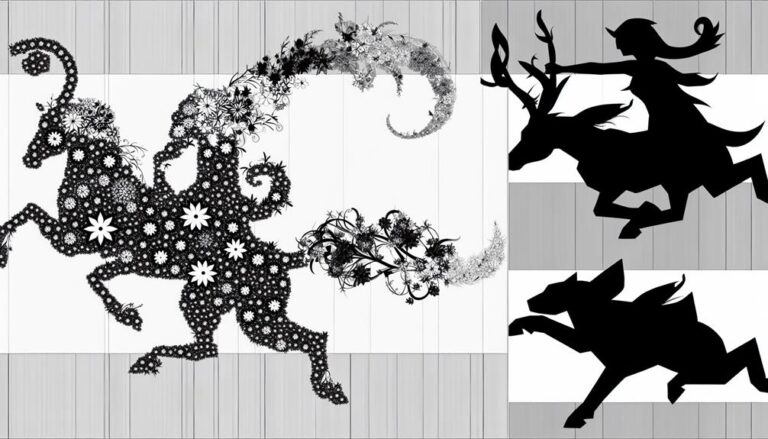What is the Difference Between Iron-On and Infusible Ink?
Understanding the Basics
If you’re into crafting and DIY projects, you’ve probably come across various methods of transferring designs onto fabrics. Two popular techniques are iron-on and infusible ink. Both methods allow you to add unique and personalized designs to your clothing and accessories. They differ in terms of their application process, durability, and overall results. In this article, we’ll explore the key differences between iron-on and infusible ink, helping you make an informed decision on which method to choose for your next creative endeavor.
Iron-On Transfers: Traditional and Versatile
Iron-on transfers have been around for quite some time and are widely used by crafters of all skill levels. The process involves printing or cutting a design onto a special heat-transfer vinyl or paper, which is then applied to a fabric using heat from an iron or heat press. One of the primary advantages of iron-on transfers is their versatility. You can create intricate designs, use a wide range of colors, and even incorporate different textures such as glitter or metallic finishes. The application process is relatively straightforward. Simply place the transfer on the desired fabric, apply heat, and peel off the backing once it cools down. However, it’s important to note that iron-on transfers are surface-level applications. They adhere to the fabric’s surface rather than becoming one with it. While they can withstand regular washing and wear, they may show signs of fading or peeling over time, especially if not properly cared for. Additionally, the texture of the transfer can sometimes be noticeable, giving the design a slightly raised appearance.
Infusible Ink: Vibrant and Permanent
Infusible ink is a relatively newer technology introduced by Cricut, a leading brand in the crafting industry. Unlike iron-on transfers, which sit on top of the fabric, infusible ink actually infuses into the fabric fibers, resulting in a permanent, vibrant, and seamless design. The infusible ink process involves using special ink pens or markers to draw or print your design on a compatible transfer sheet. Once the design is complete, you place the transfer sheet on top of your fabric and apply heat using a heat press or EasyPress 2. The heat causes the ink to turn into a gas, which then bonds with the fabric at a molecular level. The result is a design that is fade-proof, peel-proof, and incredibly durable. One of the major advantages of infusible ink is its ability to provide a more professional-looking finish. Since the ink becomes a part of the fabric, there are no visible textures or raised surfaces. The colors also tend to be more vibrant and vivid compared to iron-on transfers. Furthermore, the permanent nature of infusible ink means that the design won’t crack, fade, or peel, even after multiple washes.
Choosing the Right Method for Your Project
When deciding between iron-on transfers and infusible ink, consider the following factors:
Design Complexity: If you want to create intricate designs with a wide range of colors and textures, iron-on transfers offer more flexibility.
Durability: If longevity is a priority and you want a design that will remain vibrant and intact even after frequent washing and wear, infusible ink is the way to go.
Appearance: If you prefer a smooth and seamless finish with no noticeable texture or raised surfaces, infusible ink is the ideal choice.
Ease of Application: Both methods are relatively easy to apply, but iron-on transfers may be slightly more forgiving, especially for beginners.
Materials: Consider the fabric you’ll be working with. While both methods work on a variety of fabrics, infusible ink performs exceptionally well on polyester and polyester-blend materials.
What is the Difference Between Iron-On and Infusible Ink?
In conclusion, the choice between iron-on transfers and infusible ink depends on your specific needs and preferences. Iron-on transfers offer versatility and ease of use, while infusible ink provides a more professional and long-lasting result. Whether you’re looking for a quick DIY project or a permanent and vibrant design, both methods have their own unique advantages. So, unleash your creativity and enjoy the world of fabric customization with these exciting techniques!
